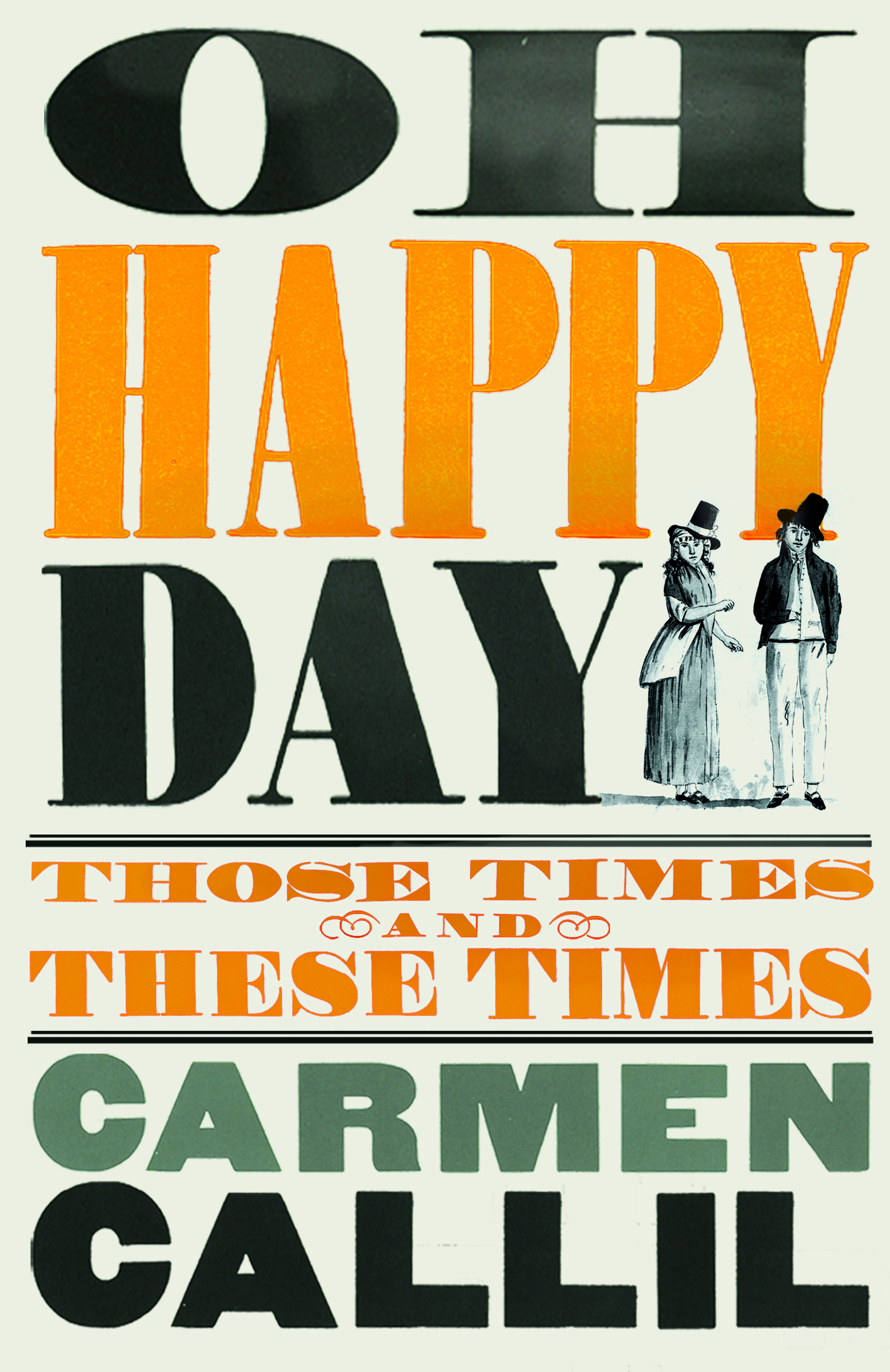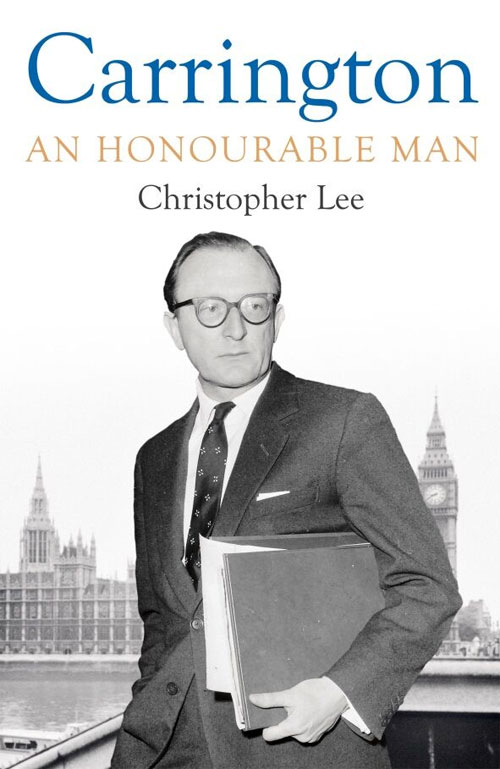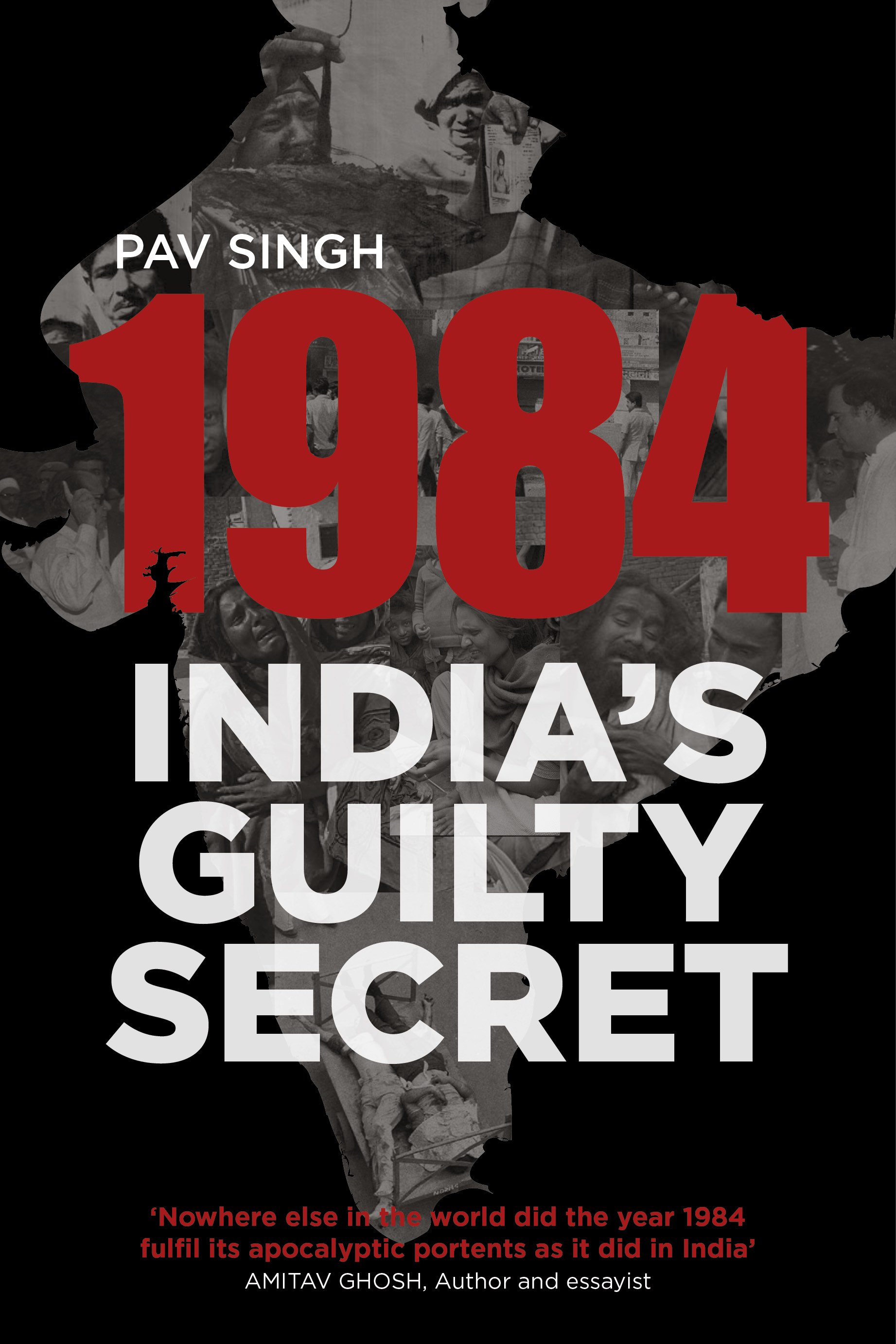A riveting, immersive account of the agonizing decision to use nuclear weapons against Japan – a crucial turning point in World War II and geopolitical history by New York Times bestselling author
Published to coincide with a major Hollywood biopic on Robert Oppenheimer, the father of the atomic bomb
“In this meticulously crafted and vivid account, Evan Thomas tells the gripping and terrifying story of the last days of the Second World War in the Pacific. Writing with insight and understanding, he re-creates for us those critical moments when, for better or worse, the decisions, from the dropping of the bombs on Hiroshima and Nagasaki to the Japanese surrender, were made.” - Margaret MacMillan, author of War: How Conflict Shaped Us
Road to Surrender
Three Men and the Countdown to the End of World War II
by Evan Thomas
Hardback / 8 June 2023 / Elliott & Thompson / £20
At 9:20 a.m. on the morning of May 30, General Groves receives a message to report to the office of the secretary of war “at once.” Stimson is waiting for him. He wants to know: has Groves selected the targets yet?
So begins this suspenseful, impeccably researched history that draws on new access to diaries to tell the story of three men who were intimately involved with America’s decision to drop the atomic bomb—and Japan’s decision to surrender. They are Henry Stimson, the American Secretary of War, who had overall responsibility for decisions about the atom bomb; Gen. Carl “Tooey” Spaatz, head of strategic bombing in the Pacific, who supervised the planes that dropped the bombs; and Japanese Foreign Minister Shigenori Togo, the only one in Emperor Hirohito’s Supreme War Council who believed even before the bombs were dropped that Japan should surrender.
Henry Stimson had served in the administrations of five presidents, but as the U.S. nuclear program progressed, he found himself tasked with the unimaginable decision of determining whether to deploy the bomb. The new president, Harry S. Truman, thus far a peripheral figure in the momentous decision, accepted Stimson’s recommendation to drop the bomb. Army Air Force Commander Gen. Spaatz ordered the planes to take off. Like Stimson, Spaatz agonized over the command even as he recognized it would end the war. After the bombs were dropped, Foreign Minister Togo was finally able to convince the emperor to surrender.
To bring these critical events to vivid life, bestselling author Evan Thomas draws on the diaries of Stimson, Togo and Spaatz, contemplating the immense weight of their historic decision. In Road to Surrender, an immersive, surprising, moving account, Thomas lays out the behind-the-scenes thoughts, feelings, motivations, and decision-making of three people who changed history.
ABOUT Evan Thomas
Evan Thomas is the author of ten books, including the New York Times bestsellers John Paul Jones, Sea of Thunder, and First: Sandra Day O’Connor. Thomas was a writer, correspondent, and editor for thirty-three years at Time and Newsweek, including ten years as Newsweek’s Washington bureau chief. He appears regularly on many TV and radio talk shows. Thomas has taught at Harvard and Princeton.
NEW MATERIAL AND INSIGHT
Previously unpublished correspondence between Spaatz and his wife, shared by General Spaatz’s granddaughter, Katharine Gresham, shows Spaatz’s deep ambivalence about how the war was progressing.
Unpublished materials shared by Togo’s grandsons, show Togo’s little-known role in avoiding an Armageddon far worse even than the damage wrought by two atomic bombs.
Through rare access to diaries and personal discussions we have insight into the moral dilemmas faced on both sides and how the key political decision makers grappled with these impossibly difficult decisions.
This story is more relevant than ever because of Putin’s threats, demonstrating again the strength of nuclear power as a political weapon.
Selected Praise
“A terrifying, heart-breaking account of three men under unimaginable pressure . . . This is history that crackles with journalistic immediacy. I challenge you not to read this book in a single sitting.” - Nathaniel Philbrick, author of In the Heart of the Sea and Travels with George
“With an unerring eye for detail and a deft touch with the dramatic, Evan Thomas tells one of the most important stories of all time with power and grace. Paced like a thriller, replete with fresh historical insight, and driven by new research, Thomas’s book explains how America came to deploy the deadliest weapons ever created. The result is an indispensable portrait of power, anxiety, and moral ambiguity.” - Jon Meacham, Pulitzer Prize–winning author of And There Was Light
“This dramatic, you-are-there masterpiece provides a convincing explanation of one of the great moral questions of twentieth-century history: Was America right to drop the atom bomb on Japan at the end of World War II? This is an indispensable book for those who want to understand the moral issues surrounding the use of great power.” - Walter Isaacson
“A taut, thrilling narrative, rich, compassionate, and superbly nuanced.” - Stacy Schiff, Pulitzer Prize-winning author of The Revolutionary
“In this mesmerizing account of the final weeks of World War II, Evan Thomas provides a haunting, deeply human look at the mental and physical torment of American and Japanese leaders as they confronted the catastrophic reality of the atomic bomb. Although U.S. officials were convinced that dropping the bomb on Japanese cities was necessary to end the war, Thomas reveals in cinematic, nail-biting detail that Japan’s surrender was not a foregone conclusion. Even as Emperor Hirohito made the wrenching decision to capitulate, senior Japanese military leaders launched a bloody, last-minute insurrection to overthrow the government and fight to the bitter end—a coup attempt that came unnervingly close to succeeding.” - Lynne Olson, New York Times bestselling author of Madame Fourcade's Secret War and Citizens of London












![Author photo - Jung Chang - StoryMoja[bw].jpg](https://images.squarespace-cdn.com/content/v1/576542701b631b461dc734c4/1563784260127-PI4SXF1BVN6INU9L0CLE/Author+photo+-+Jung+Chang+-+StoryMoja%5Bbw%5D.jpg)



